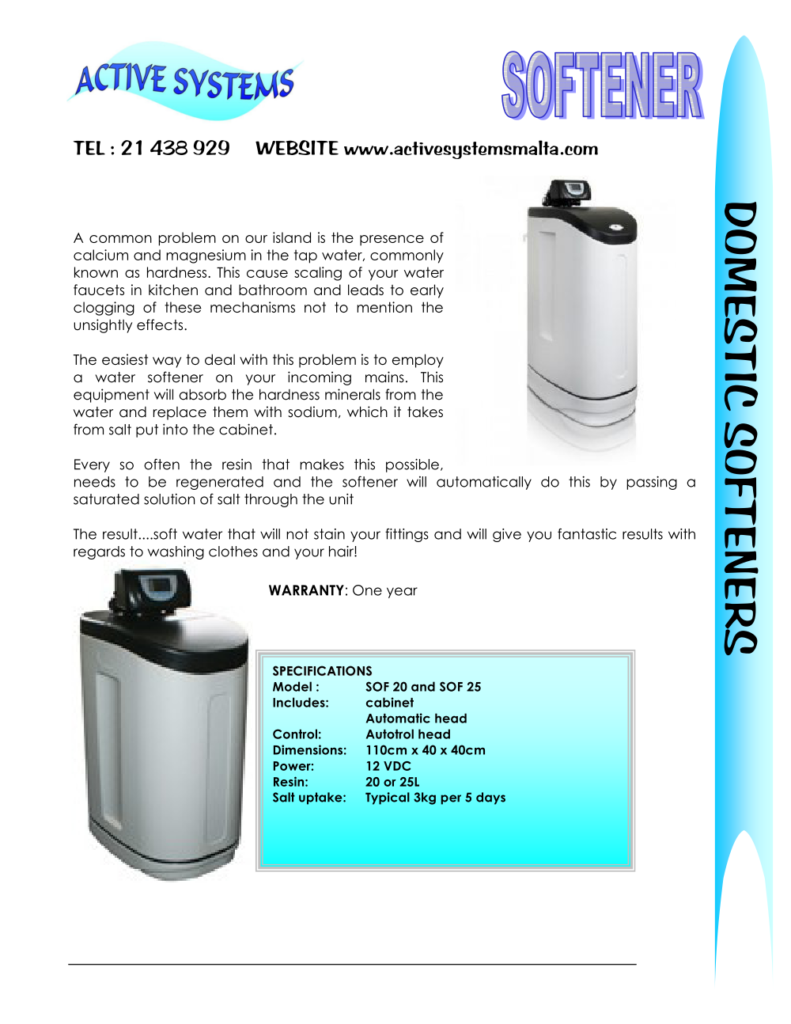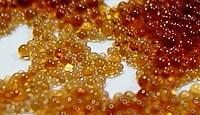
Domestic or even commercial water softeners removal of scale from incoming mains water by ion exchange process using a special resin. When the resin gets exhausted it regenerates by salt. This is done automatically upon a preset volume NOT time, to save on salt.
Water softening is the removal of calcium, magnesium, and certain other metal cations in hard water. The resulting soft water requires less soap for the same cleaning effort, as soap is not wasted bonding with calcium ions. Soft water also extends the lifetime of plumbing by reducing or eliminating scale build-up in pipes and fittings. Water softening is usually achieved using lime softening or ion-exchange resins but is increasingly being accomplished using nanofiltration or reverse osmosis membranes.
Conventional water-softening appliances, both domestic and/or commercial intended for household use depend on an ion-exchange resin in which “hardness ions”—mainly Ca2+ and Mg2+—are exchanged for sodium ions.[6] As described by NSF/ANSI Standard 44,[7] ion-exchange devices reduce the hardness by replacing magnesium and calcium (Mg2+ and Ca2+) with sodium or potassium ions (Na+ and K+).”

Ion exchange resins, in the form of beads, are a functional component of domestic water softener.
Ion exchange resins are organic polymers containing anionic functional groups to which the divalent cations (Ca2+) bind more strongly than monovalent cations (Na+). Inorganic materials called zeolites also exhibit ion-exchange properties. These minerals are widely used in laundry detergents. Resins are also available to remove the carbonate, bicarbonate, and sulfate ions that are absorbed and hydroxide ions that are released from the resin.[citation needed]
When all the available Na+ ions have been replaced with calcium or magnesium ions, the resin must be recharged by eluting the Ca2+ and Mg2+ ions using a solution of sodium chloride or sodium hydroxide, depending on the type of resin used.[8] For anionic resins, regeneration typically uses a solution of sodium hydroxide (lye) or potassium hydroxide. The waste waters eluted from the ion-exchange column containing the unwanted calcium and magnesium salts are typically discharged to the sewage system.[3]Y
More on softeners and sizing can be seen here, courtesy of Eugen Nikolajev – https://drinkingwaterbase.com/water-softener-size-calculator
